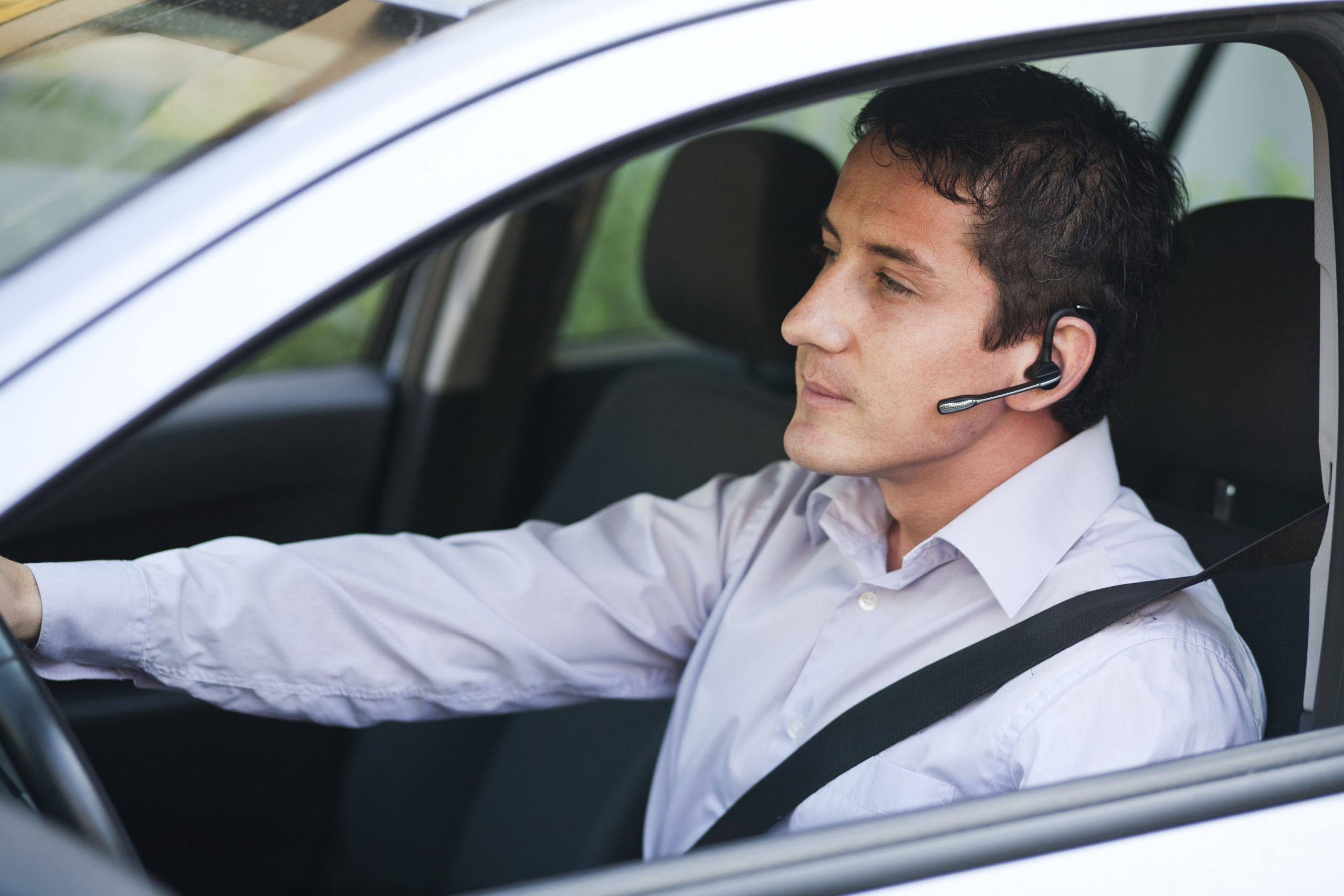
Hands-Free Technology Does Not Come Without Risks
If you are new to the tech world, you may not have heard of something known as “hands-free driving.” Hands-free refers to being able to communicate to people without using your hands, and there are many technologies in place to allow people to do this today when they are supposed to be keeping their eyes on the road. One of the most common pieces of hands-free technology is actually BlueTooth, which you are probably familiar with. Another basic technology is headsets that allow people to speak to one another as if they were speaking directly into the phone. Many of these features not only allow a user to engage in communication, but also directly dial numbers and much more.
So, what’s the problem? You would think that something known as hands-free would minimize the risks in driving, right? Unfortunately, new studies are showing us that this is not the case. In fact, the AAA Foundation for Traffic Safety conducted research and found that these technologies act as mental distractions that can persist up to an astounding 27 seconds after somebody chooses to dial, change music, or send a text while using commands! You would think that this is not the case, seeing as your eyes never have to leave the road, but that is far from the truth.
Many opinions have been brought forth since. Many people rely on hands-free technology for many uses while they are driving. Perhaps you work at a job where you must be in constant contact with your boss but travel is also necessary. If this is the case, this is the best option for utilizing this technology for your needs. The truth is, there are many distractions we may come across when we are driving, from bending down to pick up something we dropped on the floor all the way to applying makeup for work that day.
Studies have shown that, even in the most least-distracting systems, people would continue to be impaired for at least 15 seconds after they have completed their task. Peter Kissinger, the AAA Foundation’s president and chief executive officer, said in a release, “The lasting effects of mental distraction pose a hidden and pervasive danger that would likely come as a surprise to most drivers.” The results have shown many things, and some of the most dangerous were motorists missing stop signs, pedestrians, and other vehicles along the way. Many of these distractions were at unsafe levels, which means that there is much to be revised in the realm of hands-free technology in the future.
#1 Cause of Unintentional Deaths
Yes, according to data collected by the National Safety Council, car crashes are the #1 cause of unintentional deaths in the U.S., which can be increased due to the unsafe risks of hands-free driving. You may not also have known that about 26% of all car crashes involve cell phone use, including those that are hands-free. The National Safety Council urges that people should always keep their eyes on the road, hands on the wheel, and minds on driving. Even though you may be looking out the windshield at what is in front of you, your mind cannot multitask like you think it can when you are talking on a cell phone. You may be missing up to an outstanding 50% of what is around you when you are talking. Remember this and stay safe on the roadways.
If you are in need of a car accident attorney due to an accident that changed the course of your life, call us today. We are experienced attorneys who can help you with your case. Contact Maggiano, DiGirolamo & Lizzi today.

















